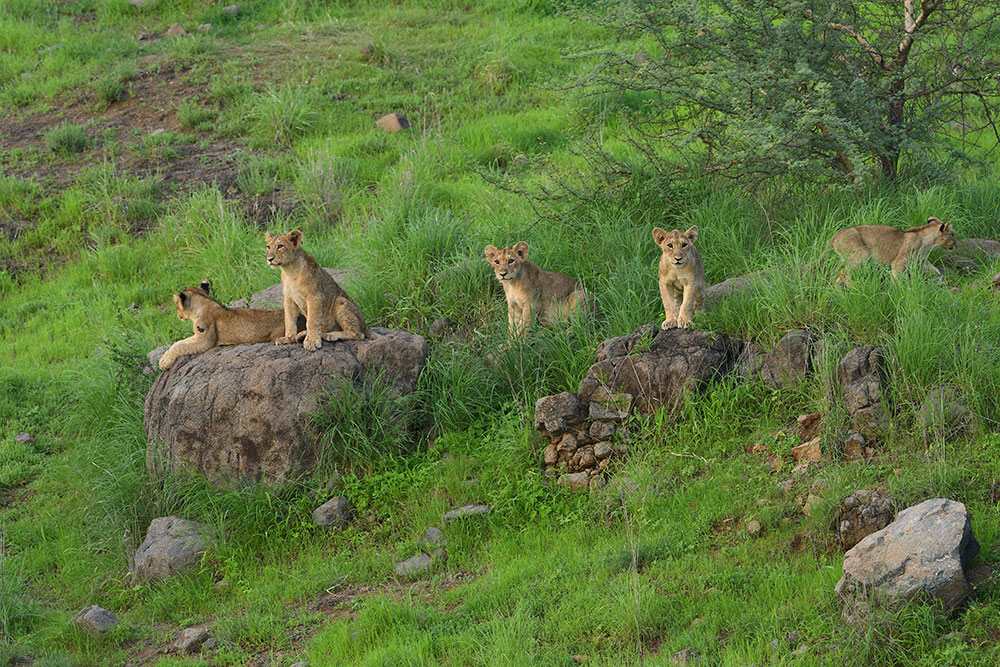Gir National Park, located in the state of Gujarat, India, is a remarkable testament to conservation efforts and biodiversity. It is renowned for being the last refuge of the Asiatic lion, a majestic and endangered big cat species. Beyond the lion, Gir offers a diverse ecosystem that includes various flora and fauna, making it a significant destination for wildlife enthusiasts and nature lovers. Here’s a closer look at what makes Gir National Park special:
1. Asiatic Lions:
- Gir National Park is the only place in the world where the Asiatic lion resides in the wild. The park’s successful conservation efforts have helped stabilize the lion population, contributing to its survival.
2. Diverse Wildlife:
- While the lion is the park’s flagship species, Gir is also home to a wide array of animals, including leopards, sambar deer, chital, nilgai, chinkara, and more.
3. Avian Diversity:
- Gir is a haven for birdwatchers, with over 300 avian species inhabiting the park. Vultures, eagles, owls, and colorful birds like the Indian Pitta can be spotted.
4. Flora and Vegetation:
- The park’s landscape varies from dry deciduous forests to grasslands and rocky hills. Teak, flame of the forest, and acacia trees dominate the flora.
5. Interpretation Zones:
- The park has different zones, including the core area, buffer zone, and interpretation zone, each offering different experiences and wildlife sightings.
6. Gir Interpretation Zone:
- Also known as Devalia Safari Park, this zone offers a controlled environment for visitors to spot lions, leopards, and other animals from close quarters.
7. Crocodile Breeding Farm:
- The park houses a crocodile breeding farm that contributes to the conservation of the mugger crocodile and the long-snouted crocodile.
8. Eco-Tourism Initiatives:
- Gir’s eco-tourism efforts prioritize responsible and sustainable tourism practices, ensuring minimal impact on the environment and wildlife.
9. Conservation Success:
- Gir’s conservation story is a triumph of protecting a species on the brink of extinction, showcasing the impact of dedicated efforts.
10. Guided Safaris:
- Jeep and canter safaris offer visitors the opportunity to explore the park’s wilderness while accompanied by knowledgeable guides.
11. Nature Photography:
- The park’s diverse landscapes, varied wildlife, and picturesque surroundings provide excellent opportunities for nature and wildlife photography.
12. Junagadh:
- The nearby city of Junagadh serves as a gateway to Gir National Park. It boasts historical sites, such as Uparkot Fort and Mahabat Maqbara.
13. Sasan Gir:
- The village of Sasan Gir serves as a base for visitors, offering accommodations, eateries, and information about the park.
14. Awareness and Education:
- Gir National Park emphasizes environmental education and awareness, fostering a sense of responsibility toward wildlife conservation.
Gir National Park’s significance extends beyond being a sanctuary for the Asiatic lion. It is a haven for biodiversity, a success story of conservation, and a place that offers a unique opportunity to witness rare wildlife in their natural habitat. Visitors can connect with nature, learn about conservation efforts, and contribute to the preservation of this invaluable ecosystem.

